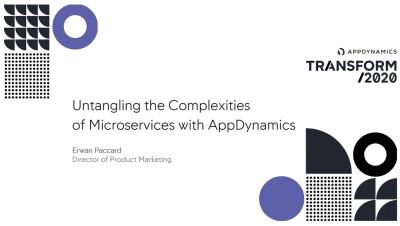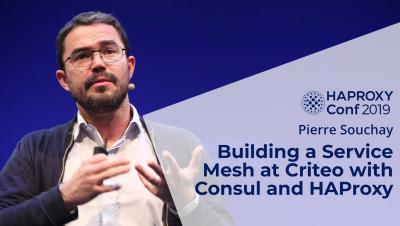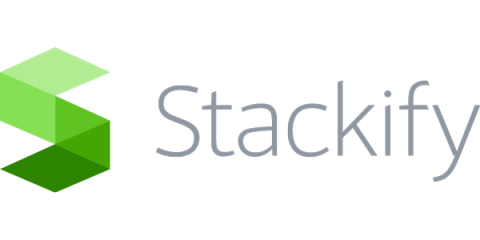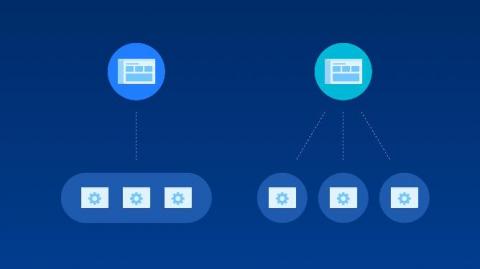Operations | Monitoring | ITSM | DevOps | Cloud
Microservices
HAProxyConf 2019 - Building a Service Mesh at Criteo with Consul and HAProxy by Pierre Souchay
Application Performance Redefined: Meet the New SignalFx Microservices APM
Today, Splunk announced a new milestone release of SignalFx Microservices APM, introducing groundbreaking innovations including: Full Fidelity tracing, AI-Driven Directed Troubleshooting, and open framework instrumentation. With the Splunk acquisition of SignalFx and Omnition now behind us, we’re excited to announce a new, revolutionary release of SignalFx Microservices APM.
Monolith vs. Microservices - Serverless Well-Architected
Monitoring Microservices: A 5-Step Guide
Why is monitoring microservices so important? It’s because we work in a time where systems are complex, distributed across multiple microservices. For example, even a simple e-commerce app may have Ordering, Product Catalog, and Shipping services. Our tooling and practices sometimes struggle to keep up with such complexity.
What is Amazon ECS?
Weave trimmed troubleshooting fat, cut API response time from seconds to milliseconds with Jaeger
Weave trimmed troubleshooting fat, cut API response time from seconds to milliseconds with Jaeger.
Best Practices for Moving from a Monolith to Microservices
In the first post of this series, we looked at the state of your organization, how to tell if Microservices are right for you, and wrapped up with a few challenges this architecture brings to the table. In this article, we will look at organizational changes that will help you adopt a Microservice architecture. Additionally, we will touch on topics like how to bring change to your organization, how to embrace the primacy effect, and why you should embrace cross-functional teams.
Why Transaction Tracing is Critical for Monitoring Microservices
Using Logz.io for Spring Boot Logs
We recently wrote a blog with Julien Dubois, a Java Developer Advocate from Microsoft, on how to simplify logging for Spring Boot applications. This is a small preview. Spring Boot is an open source Java framework that makes it easier for developers to create microservices. Azure just announced Azure Spring Cloud, which will help Java engineers on Azure developer Java microservices faster. This blog explores how to simplify logging for Spring Boot applications.











